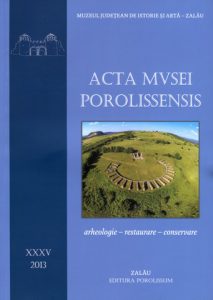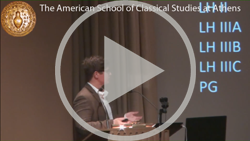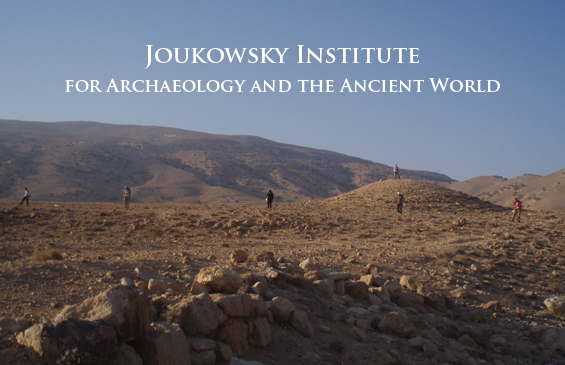Ancient MakerSpaces
Saturday January 7, 2017 8:30 am - 4:00 pm
Sheraton Centre Toronto VIP Room
An all-day Digital Classics workshop featuring presentations, demonstrations, papers, and a concluding panel.Almost all research, teaching, and scholarly communication in ancient studies today bears the imprint of digital technology in some way, yet the growing number of projects and the rapid rate of technological development present a distinct challenge for scholars who are interested in taking advantage of advances in the digital humanities.
This workshop is a space for students and scholars to interact with a variety of digital techniques and digital projects of broad application, providing participants the opportunity to engage in hands-on, peer-based learning.
Experienced digital humanists from various disciplines within ancient studies have developed demonstration curricula and will coordinate teams of trained demonstrators for each workshop station.The emphasis will be on learning to do things of immediate utility to scholarship and pedagogy. The workshop is comprised of six demonstrations; together they will present techniques and projects dedicated to: mapping; 3D modeling; text tagging, annotating, searching, and editing; intertext discovery in Latin and Greek; ancient literary manuscripts; graffiti; epigraphy; and Pompeii. We will also present two showcases that exploit new computational and digital methods for research and pedagogy in traditional areas of interest, e.g., ancient history and the reception of classical drama. Finally, there will be a panel discussion at the end of the workshop dedicated to discussing issues related to the use of new digital technologies in research, teaching, and scholarly communication.



 Contents/Sommaire
Contents/Sommaire










































































